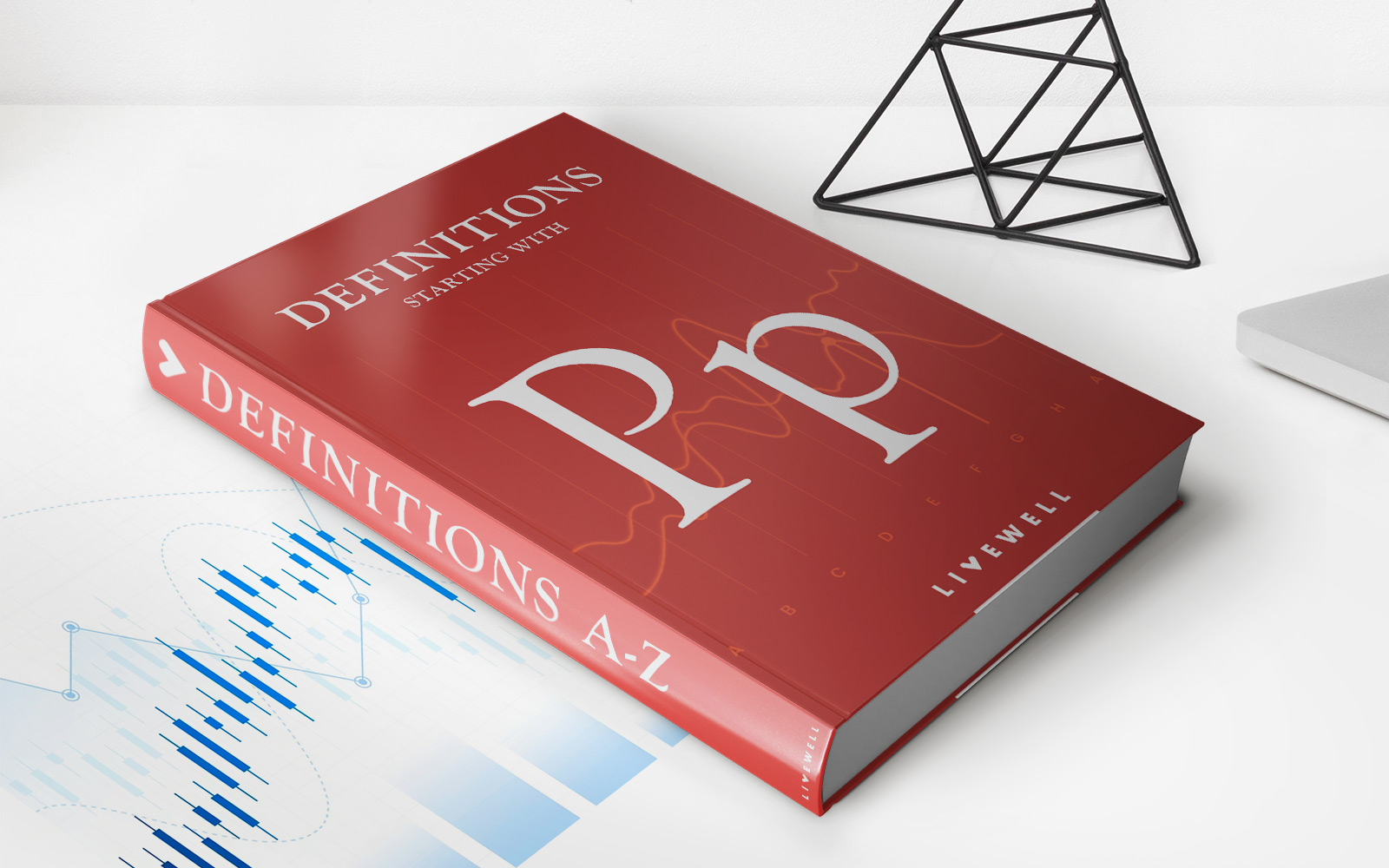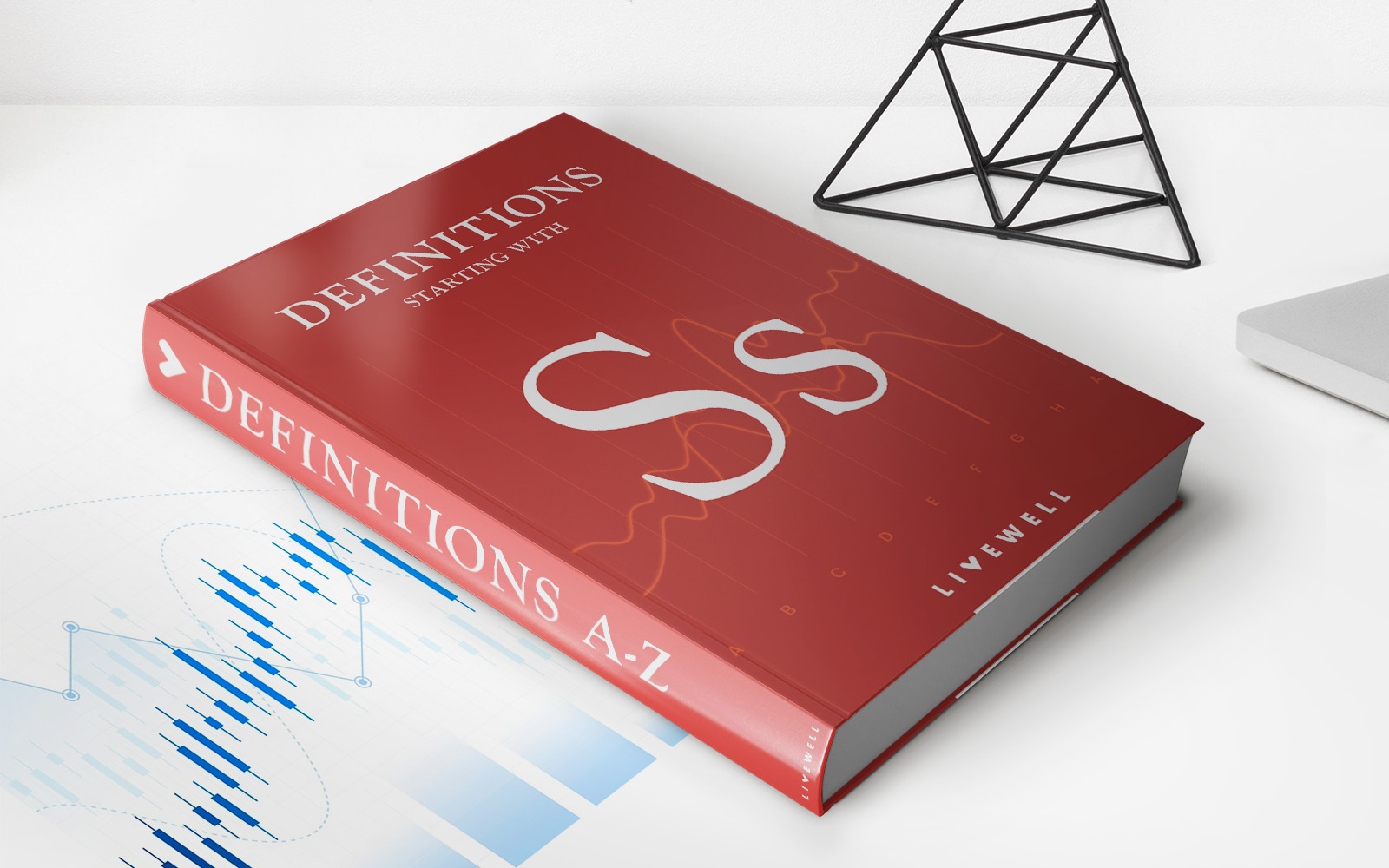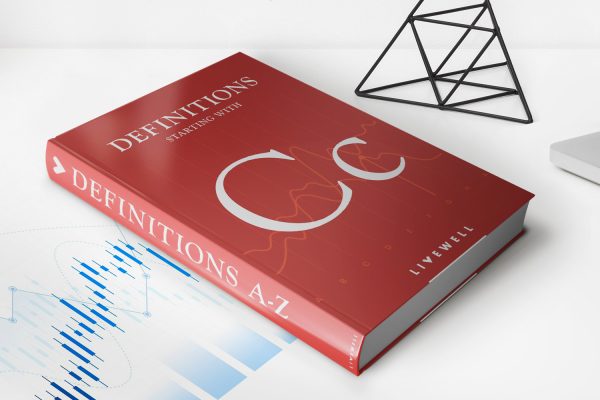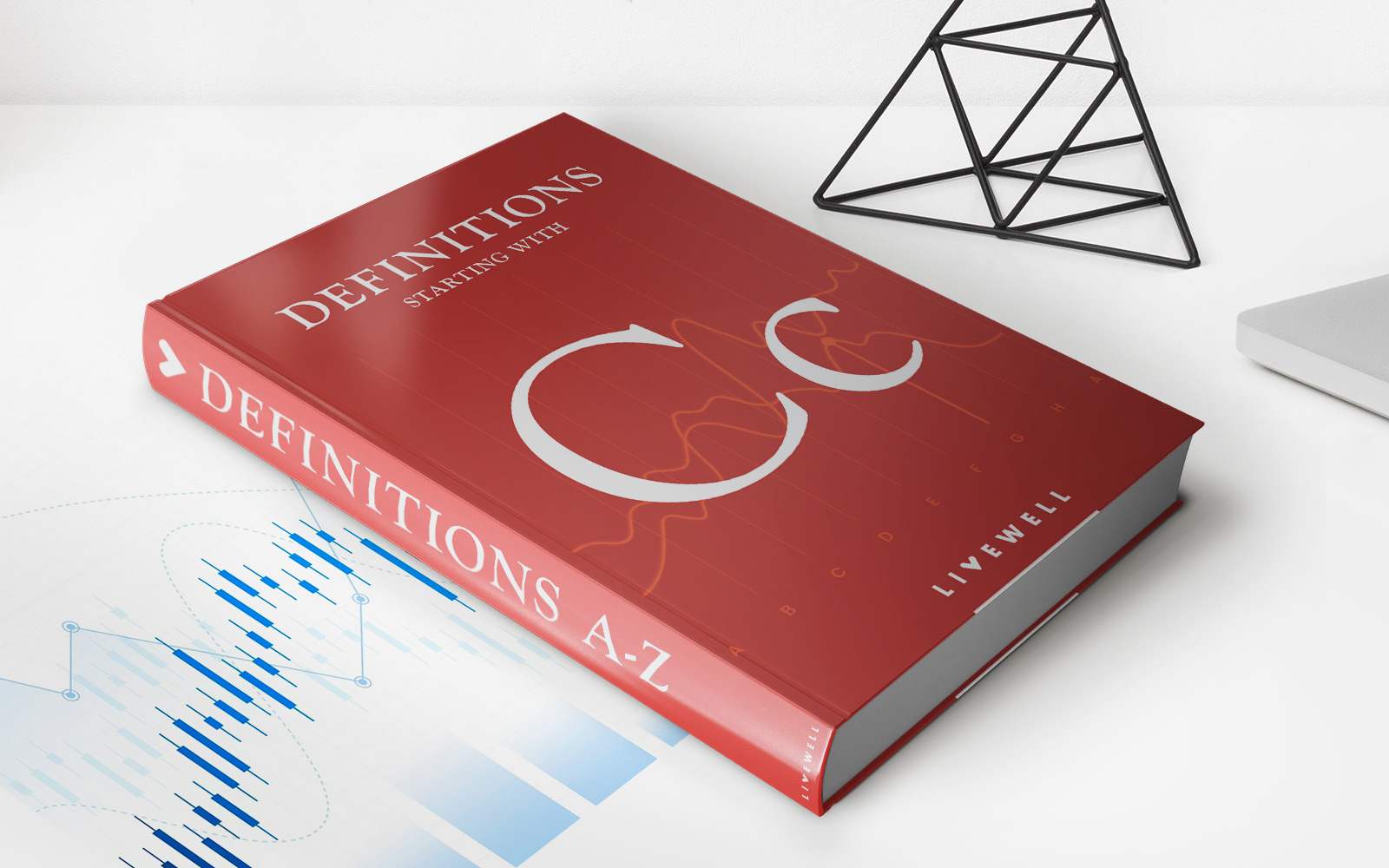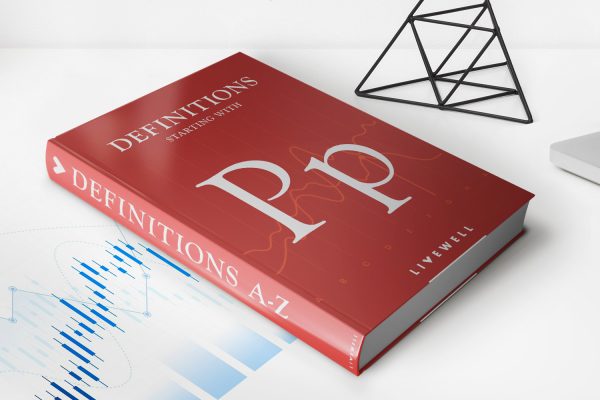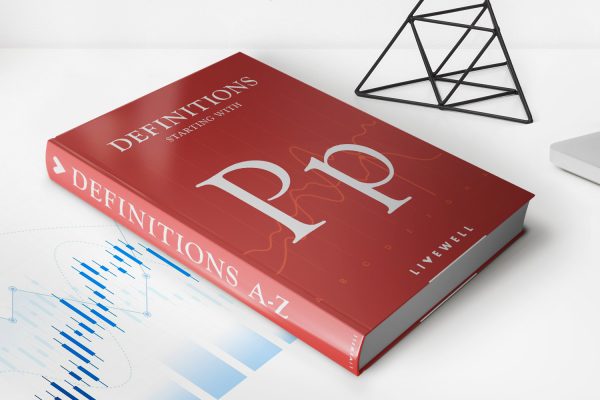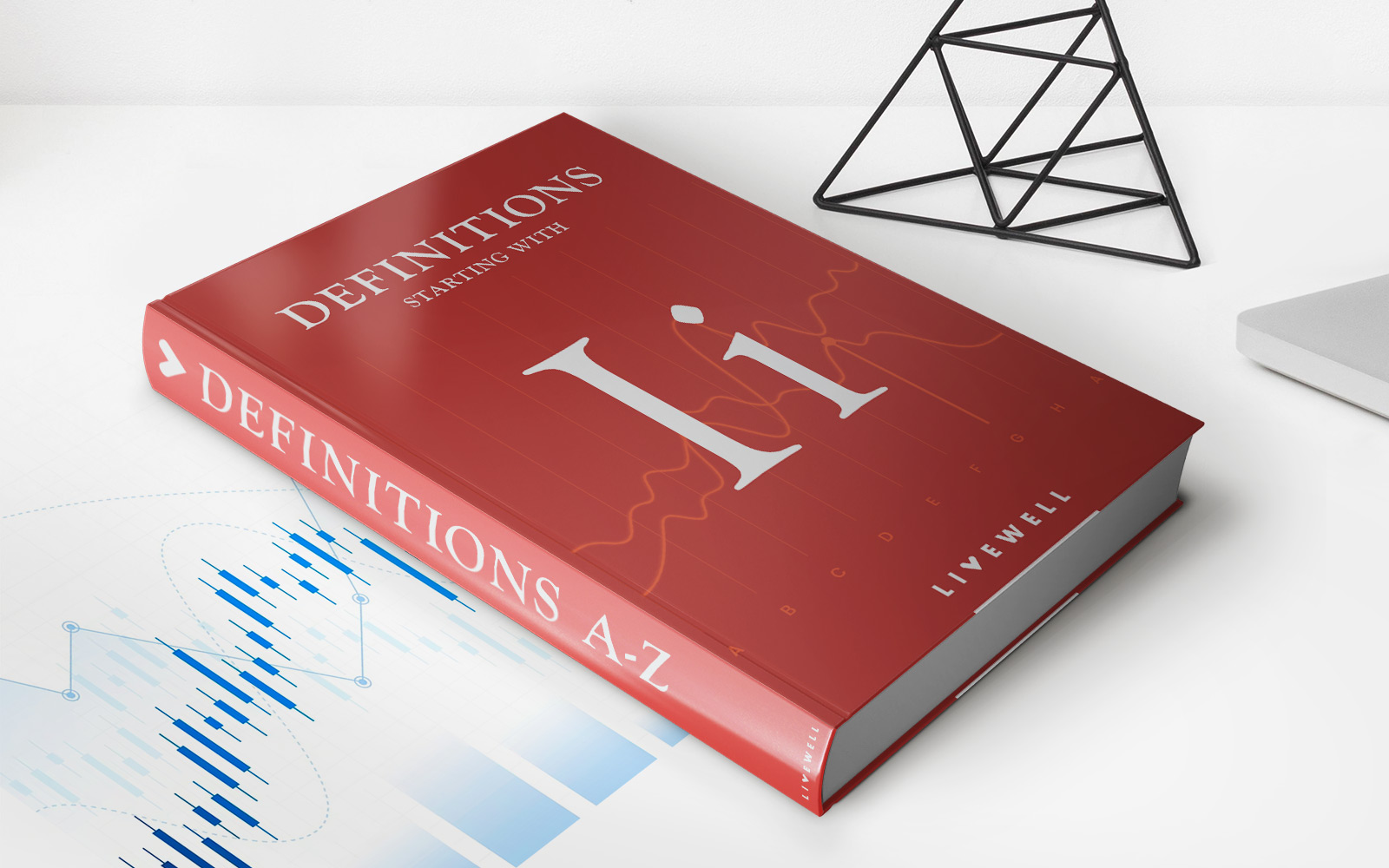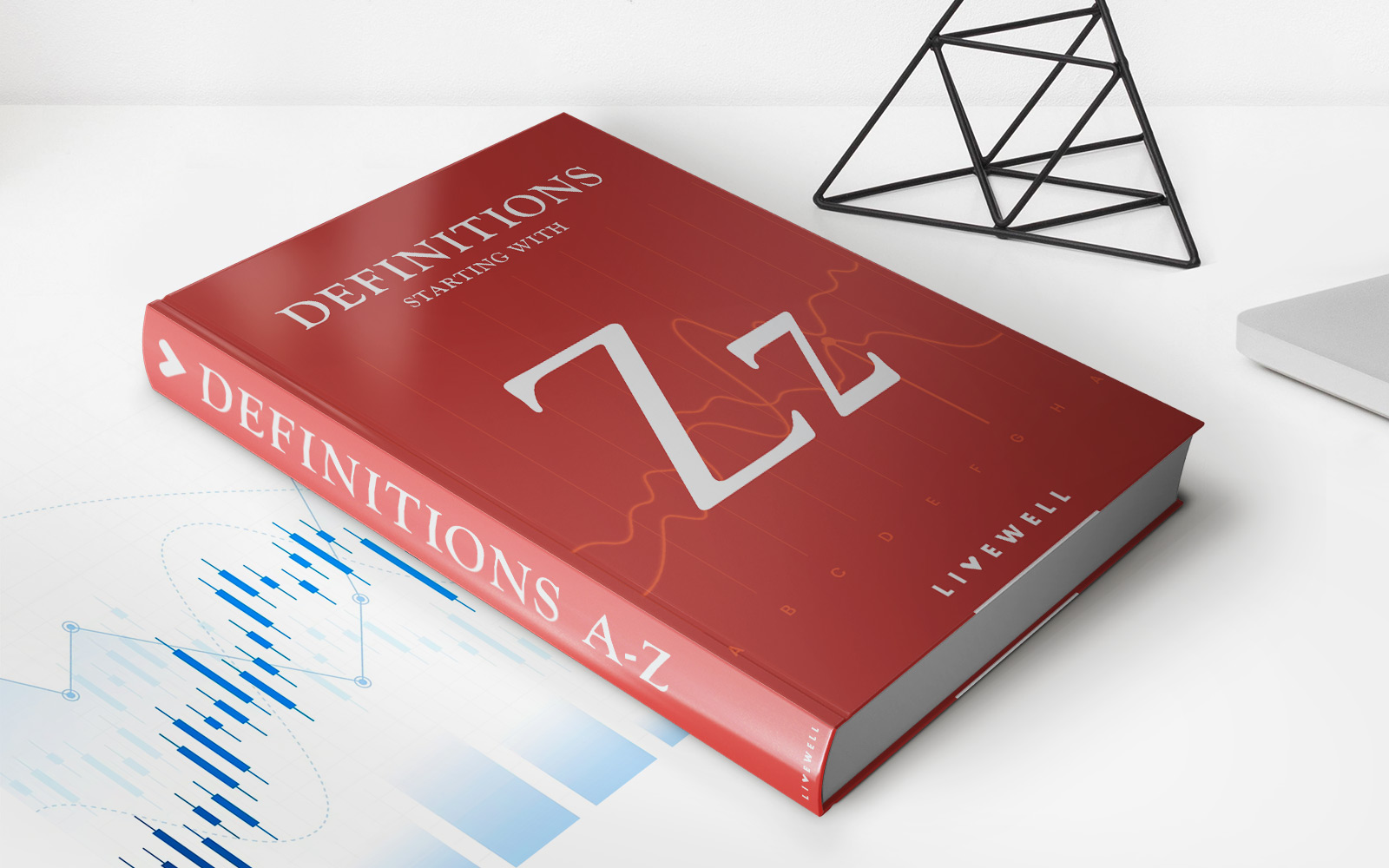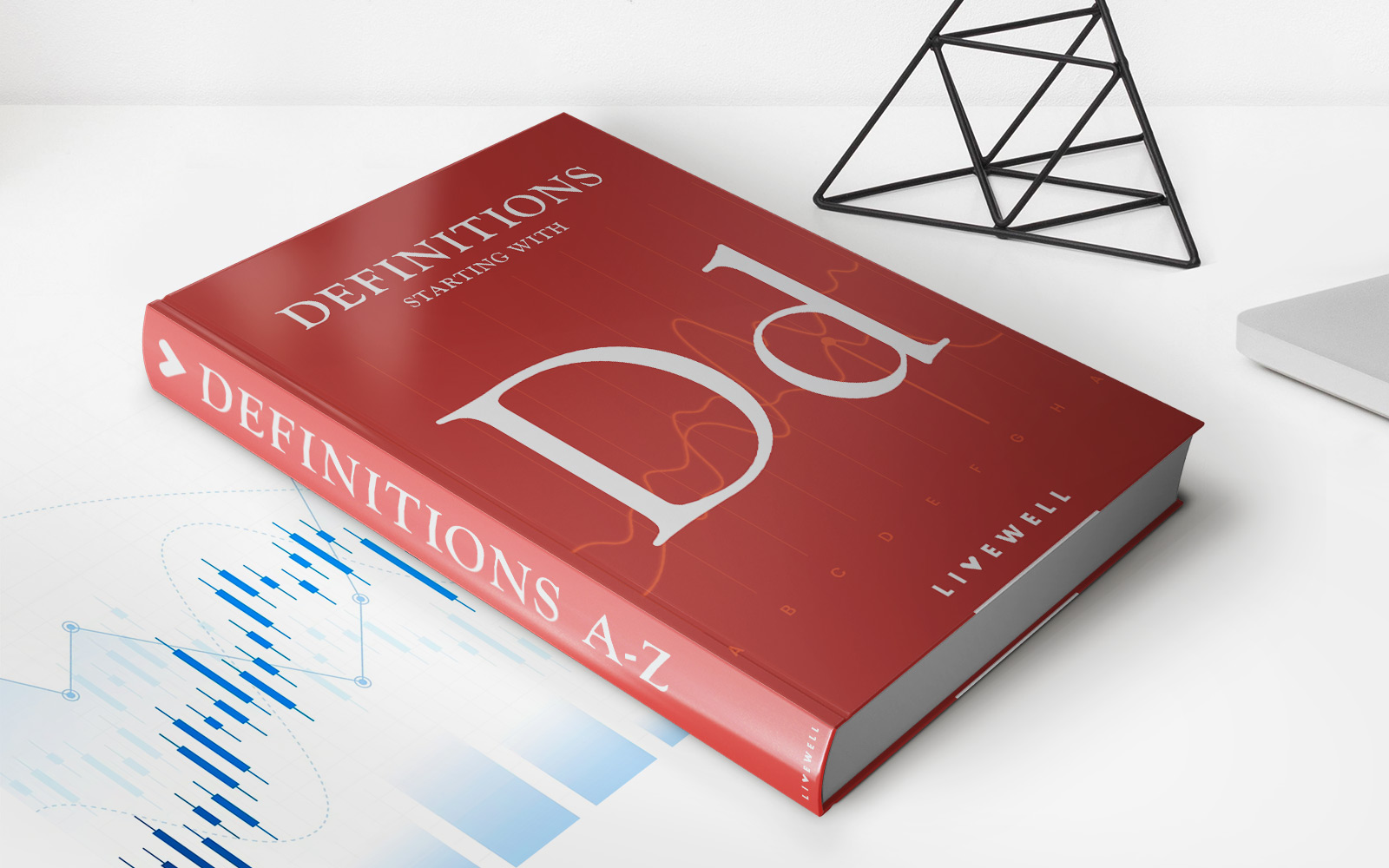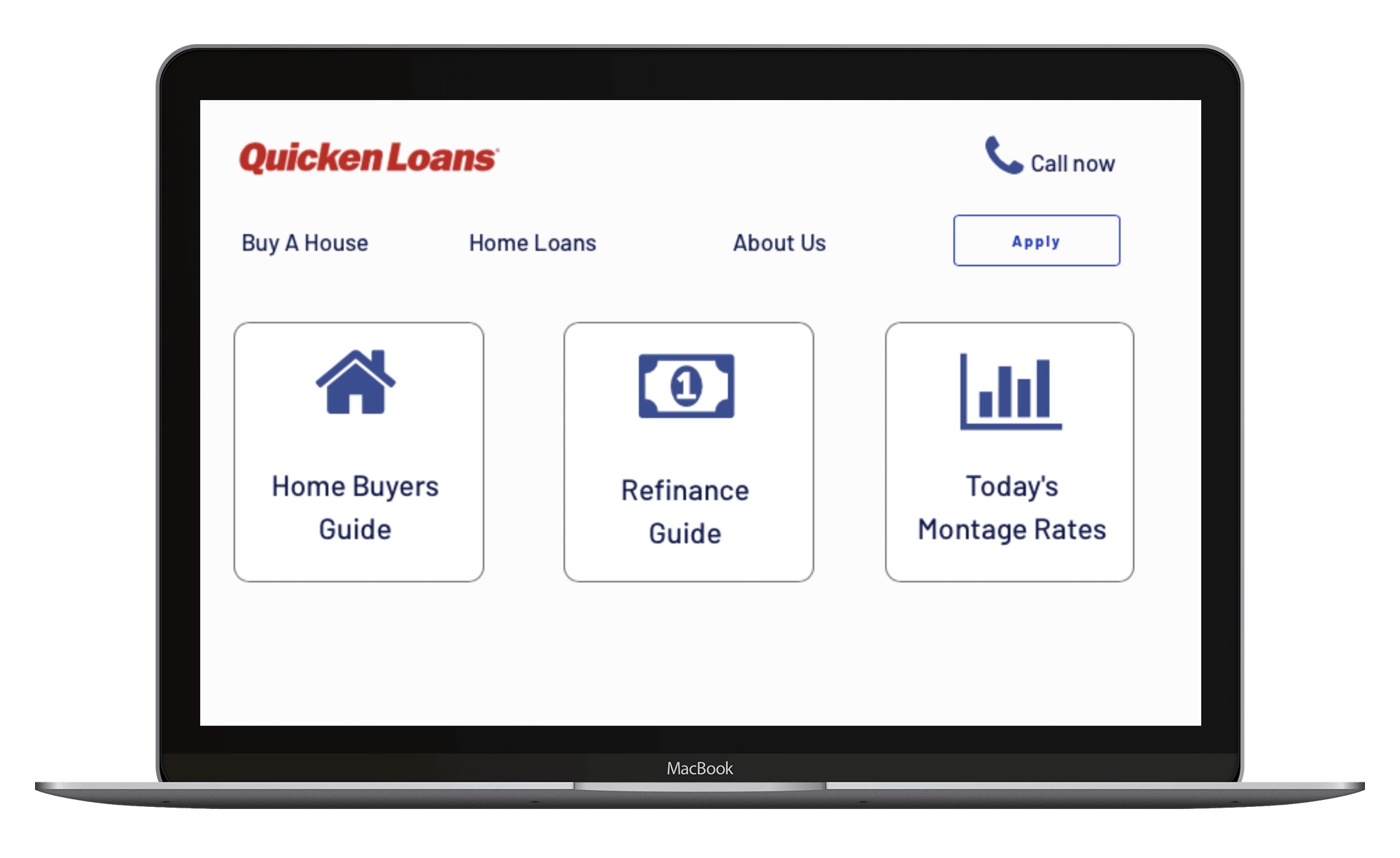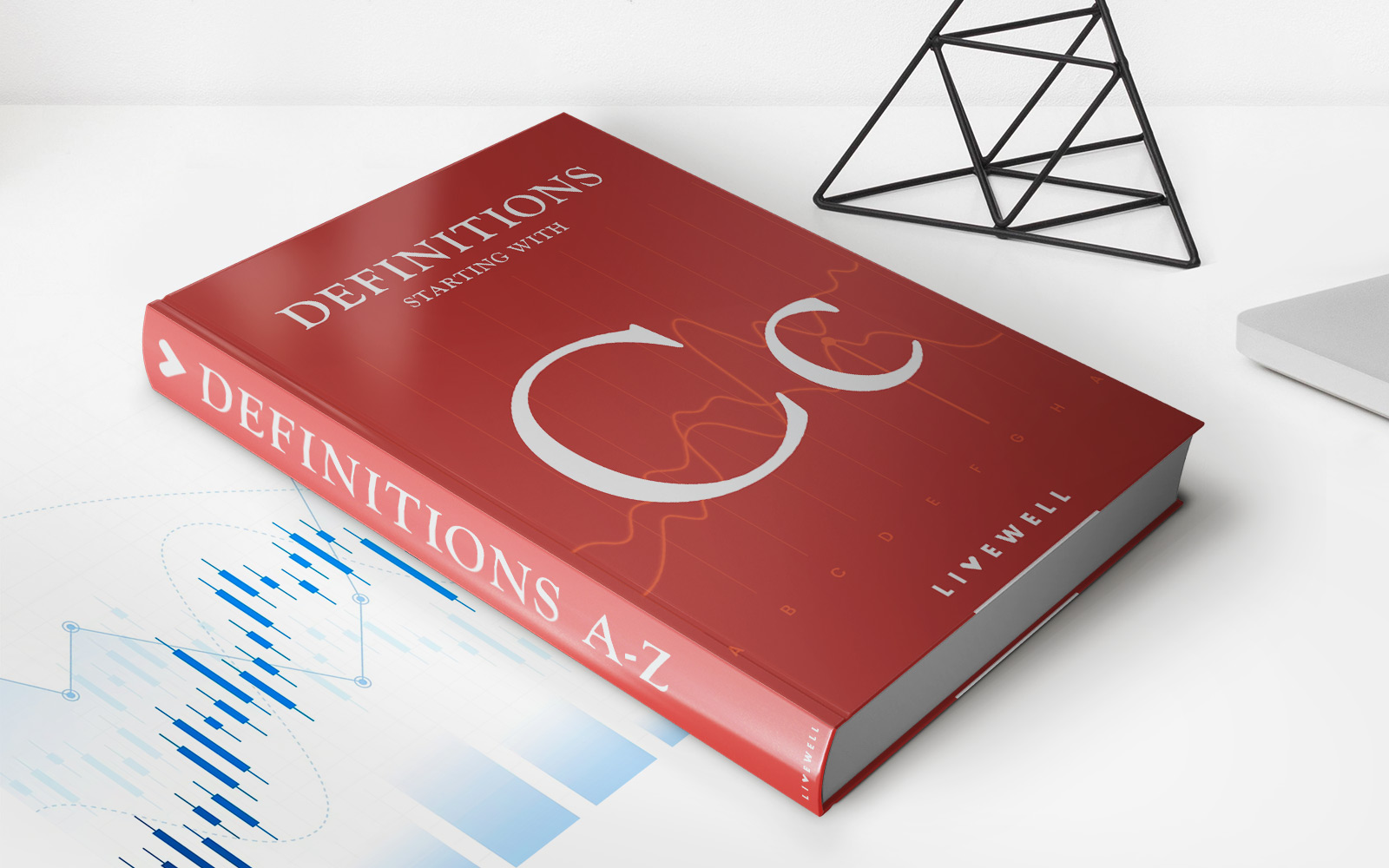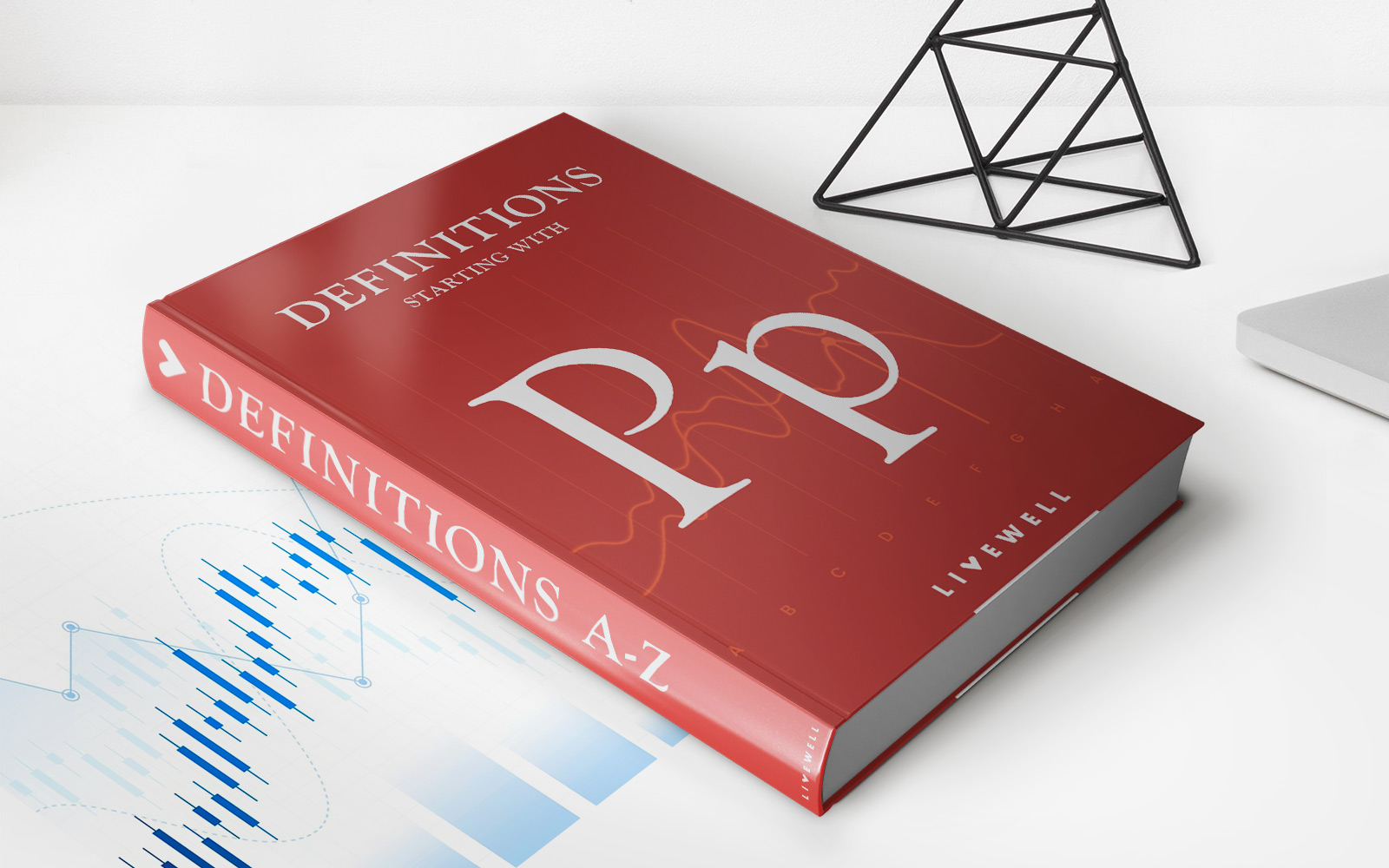

Finance
Production Gap Definition
Published: January 12, 2024
Learn the meaning of production gap in finance and discover how it impacts businesses. Gain insights into managing and closing the production gap.
(Many of the links in this article redirect to a specific reviewed product. Your purchase of these products through affiliate links helps to generate commission for LiveWell, at no extra cost. Learn more)
Understanding the Production Gap: A Key Concept in Finance
When it comes to managing our finances effectively, understanding key concepts and terms is essential. One such concept is the production gap. In this blog post, we will explore what the production gap means, how it is measured, and why it is important in the world of finance.
Key Takeaways:
- The production gap is the difference between a country’s actual and potential Gross Domestic Product (GDP).
- It serves as a measure of the underutilization or overutilization of a country’s productive capacity.
So, what exactly is the production gap? Simply put, it represents the difference between a country’s actual level of economic output, as measured by its Gross Domestic Product (GDP), and its potential level of output. The production gap can be positive or negative, indicating either an underutilization or overutilization of a country’s productive resources.
To calculate the production gap, economists compare a country’s actual GDP with its potential GDP. Potential GDP refers to the maximum output that an economy can sustain over the long term with full utilization of its resources, including labor, capital, and technology. By analyzing the gap between the two measures, policymakers and economists can gain insights into the health and efficiency of an economy.
The production gap is an essential tool for assessing macroeconomic performance. It helps policymakers identify areas of economic underperformance or overperformance, guiding them in implementing policies to address imbalances and promote sustainable economic growth. For instance, a negative production gap may indicate an economic recession or a period of underutilized resources, suggesting the need for expansionary monetary or fiscal policies for stimulation. On the other hand, a positive production gap may suggest excessive demand or overutilization, signaling the need for contractionary policies to prevent inflationary pressures.
Moreover, tracking the production gap allows investors, analysts, and businesses to anticipate potential shifts in economic conditions. By understanding whether an economy is operating below or above its potential, they can make informed investment decisions, adjust production levels, and plan for future expansion or contraction.
In conclusion, the production gap is a significant concept in finance that provides valuable insights into an economy’s performance and its utilization of resources. By analyzing this gap, policymakers and economists can devise strategies to promote sustainable economic growth, while investors and businesses can make informed decisions to manage their finances effectively. So, next time you come across the term “production gap,” you’ll have a solid understanding of its meaning and importance in the world of finance.
